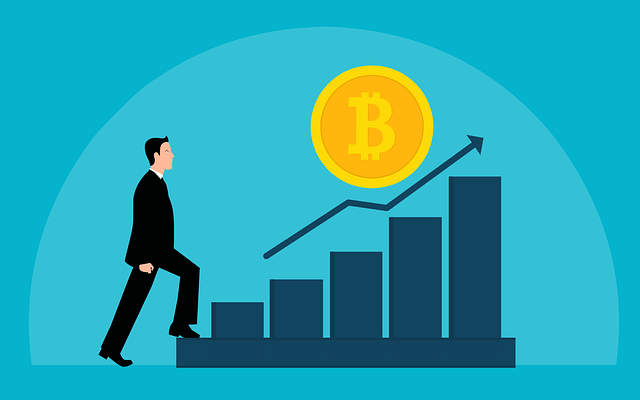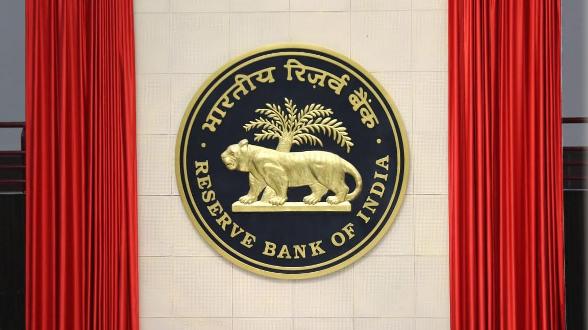Cryptocurrency UPSC | Types | Advantages & Disadvantages – A cryptocurrency (or “crypto”) is a digital currency that can be used to buy goods and services, but uses an online ledger with strong cryptography to secure online transactions. Much of the interest in these unregulated currencies is to trade for profit, with speculators at times driving prices skyward. A cryptocurrency or crypto, is a virtual currency secured by cryptography. It is designed to work as a medium of exchange, where individual ownership records are stored in a computerised database.

Cryptocurrency UPSC | Types | Advantages & Disadvantages
- A cryptocurrency or crypto, is a virtual currency secured by cryptography.
- It is designed to work as a medium of exchange, where individual ownership records are stored in a computerised database.
- Cryptocurrency is a form of payment that can be exchanged online for goods and services.
- The term “cryptocurrency in itself is derived from the encryption techniques used to secure the network.
How Many Different Types of Cryptocurrencies Are There ?
As of April 2021, there are over 10,000 different types of cryptocurrency. The different types of crypto generally fall into one of two categories: Coins, which can include Bitcoin and altcoins (non-Bitcoin cryptocurrencies) Tokens . Below, we’ll get into the basics of crypto tokens vs coins. These are the 10 largest trading cryptocurrencies by market capitalization as tracked by CoinMarketCap, a cryptocurrency data and analytics provider.
Ways And Means Advances UPSC | What Are WMA And its Limits
|
Cryptocurrency |
Market Capitalization |
|---|---|
|
Bitcoin |
$1.2 trillion |
|
Ethereum |
$263.4 billion |
|
Binance Coin |
$87 billion |
|
XRP |
$81.8 billion |
|
Tether |
$45.4 billion |
|
Cardano |
$44.7 billion |
|
Polkadot |
$39.3 billion |
|
Uniswap |
$18.8 billion |
|
Litecoin |
$18.1 billion |
|
Stellar |
$14.9 billion |
Advantages of Cryptocurrency
1. No Restrictions on Payment
- There is freedom of payment. For individuals living under the tyranny of governments, Bitcoin can work as a significant financial tool to use as a medium of exchange without a single entity or government having control over it.
2. Maintenance of Anonymity
- Many people are working towards it since the anonymity is maintained. It protects identity theft.
- Personal information does not matter of wrangle since the payment can be made and finalized with the user’s virtual identity.
3. Use of Complex Algorithm
- Since Bitcoin uses a complex algorithm, it cannot be manipulated by any individual, organization, a country as some crazy serious skill is required to make digital heist.
4. Speed of Exchange
- How boring is it for you all to stand on line at the bank between banking hours just to get your own money? How difficult it becomes when you need money urgently but you realize it’s a public holiday?
- That’s not something to worry about as cryptocurrencies offer very fast transactions. Bitcoin takes around 10 minutes of validating exchange and its less if you use other cryptocurrency techniques.
5. No Third-Party Involvement
- Cryptocurrencies are also gaining popularity as there is no third party involvement or approval required. It removes delays in payments. What a great medium of exchange especially for freelancers to keep complaining about delays in payment!
6. Free/ Very Less Transaction Fee
- Most cryptocurrencies transactions are normally free. Anyone can exchange without paying any exchange fees which is very beneficial compared to the normal banking system. But some also offer transactions fee to speed up their transactions.
7. No Inflation
- There will be no inflation since no political forces can change the order of use of coins and mines in cryptocurrency.
- Despite the many advantages it has to offer, there are certain disadvantages, it’s better to keep having knowledge about it.
Disadvantages of Cryptocurrency
- Lack of Awareness/Knowledge
- Use of Complex Technique
- Highly Volatile in Nature
- Not Accepted Everywhere
- Victim of Theft and Scam
- No Reverse of Payment or Recovery
- Black Market
- Scaling Issue
- May not be Exchanged with Fiat Currency
Cryptocurrency : Why did the RBI ban virtual currencies?
- Cryptocurrencies are a poor unit of account, as demonstrated by their frequent and high fluctuation in value.
- They pose several risks, including anti-money laundering and terrorism financing concerns (AML/CFT) for the state and liquidity, credit, and operational risks for users.
- On the perspective of consumers, issues linked to cryptocurrencies are heightened by the striking paucity of information on their design, use and operation and indications of market manipulation.
- It is possible that the business models of commercial banks may be seriously disrupted.
Cryptocurrency : About Block Chain Technology :-
- Blockchain, sometimes referred to as Distributed Ledger Technology (DLT), makes the history of any digital asset unalterable and transparent through the use of decentralization and cryptographic hashing.
- A simple analogy for understanding blockchain technology is a Google Doc. When we create a document and share it with a group of people, the document is distributed instead of copied or transferred. This creates a decentralized distribution chain that gives everyone access to the document at the same time. No one is locked out awaiting changes from another party, while all modifications to the doc are being recorded in real-time, making changes completely transparent.
- Of course, blockchain is more complicated than a Google Doc,but the analogy is apt because it illustrates three critical ideas of the technology 1. Block, 2. Miner, 3. Node
Blocks
Every chain consists of multiple blocks and each block has three basic elements:
- The data in the block.
- A 32-bit whole number called a nonce. The nonce is randomly generated when a block is created, which then generates a block header hash.
- The hash is a 256-bit number wedded to the nonce. It must start with a huge number of zeroes (i.e., be extremely small).
When the first block of a chain is created, a nonce generates the cryptographic hash. The data in the block is considered signed and forever tied to the nonce and hash unless it is mined.
Miners
- Miners create new blocks on the chain through a process called mining.In a blockchain every block has its own unique nonce and hash, but also references the hash of the previous block in the chain, so mining a block isn’t easy, especially on large chains.
- Miners use special software to solve the incredibly complex math problem of finding a nonce that generates an accepted hash.
- Because the nonce is only 32 bits and the hash is 256, there are roughly four billion possible nonce-hash combinations that must be mined before the right one is found.
- When that happens miners are said to have found the “golden nonce” and their block is added to the chain.
- Making a change to any block earlier in the chain requires re-mining not just the block with the change, but all of the blocks that come after.
- This is why it’s extremely difficult to manipulate blockchain technology.
- Think of it is as “safety in math” since finding golden nonces requires an enormous amount of time and computing power.
- When a block is successfully mined, the change is accepted by all of the nodes on the network and the miner is rewarded financially.
Nodes
- One of the most important concepts in blockchain technology is decentralization.
- No one computer or organization can own the chain. Instead, it is a distributed ledger via the nodes connected to the chain.
- Nodes can be any kind of electronic device that maintains copies of the blockchain and keeps the network functioning.
- Every node has its own copy of the blockchain and the network must algorithmically approve any newly mined block for the chain to be updated, trusted and verified.
- Since blockchains are transparent, every action in the ledger can be easily checked and viewed.
- Each participant is given a unique alphanumeric identification number that shows their transactions.
Questions And Answers Based On Cryptocurrency ?
Q1. Consider the following statements regarding cryptocurrencies.
Which of the statement(s) given above is/are correct ?
|
Q2-Which of the following is not a type of cryptocurrency ?
|









